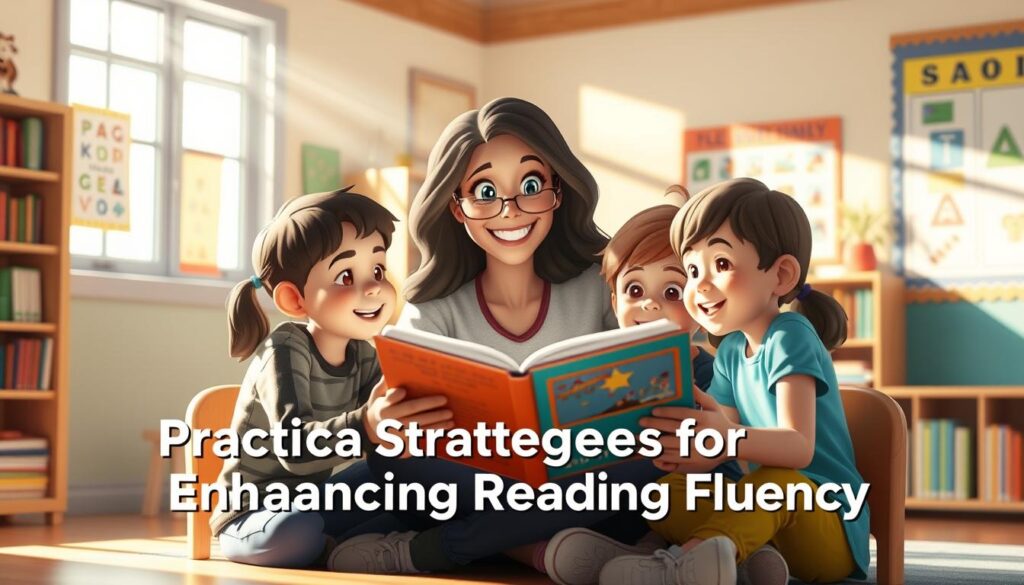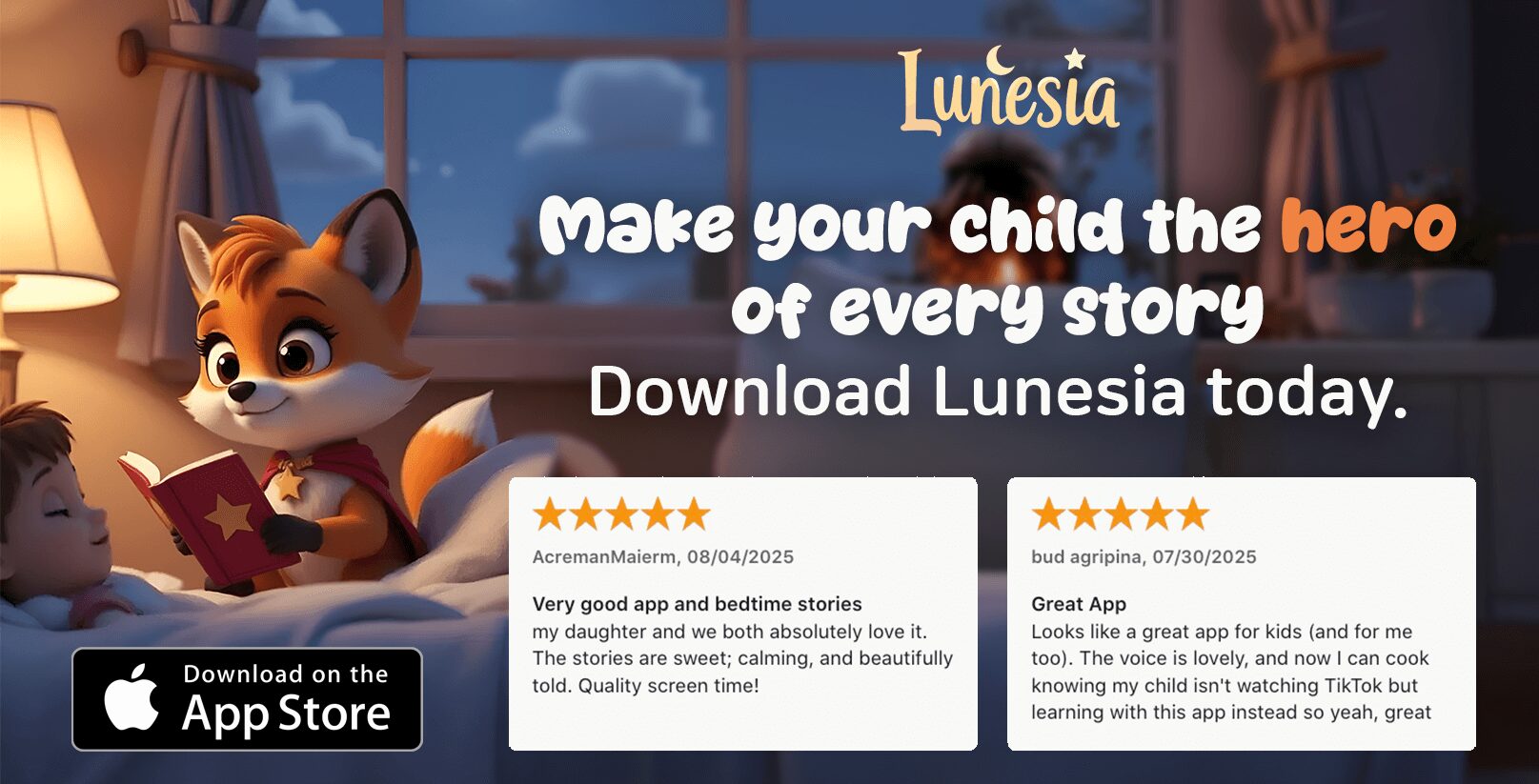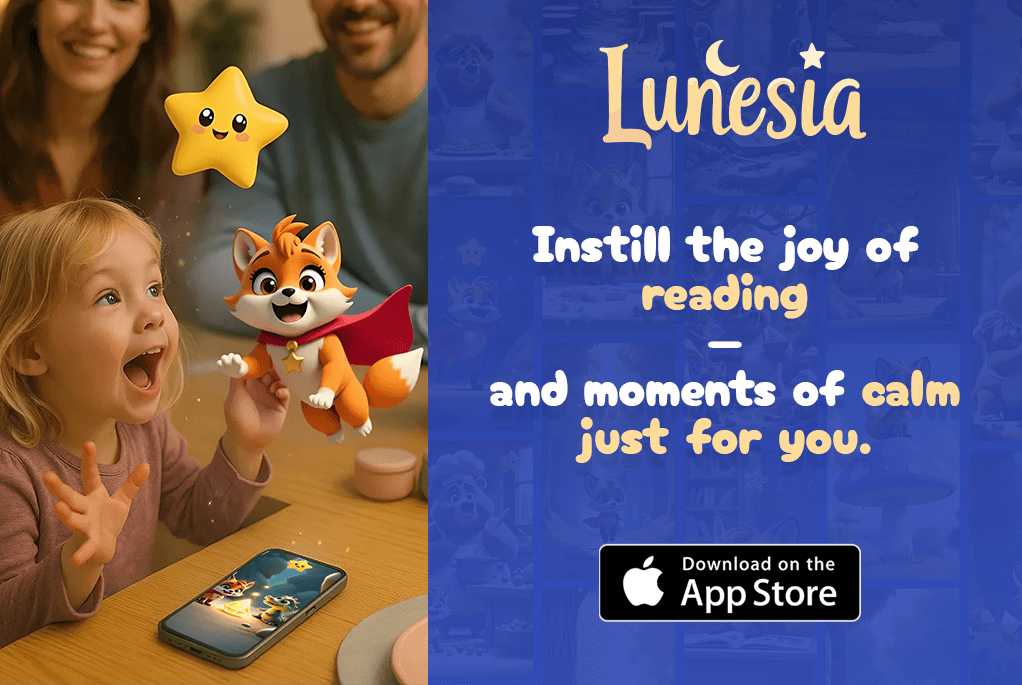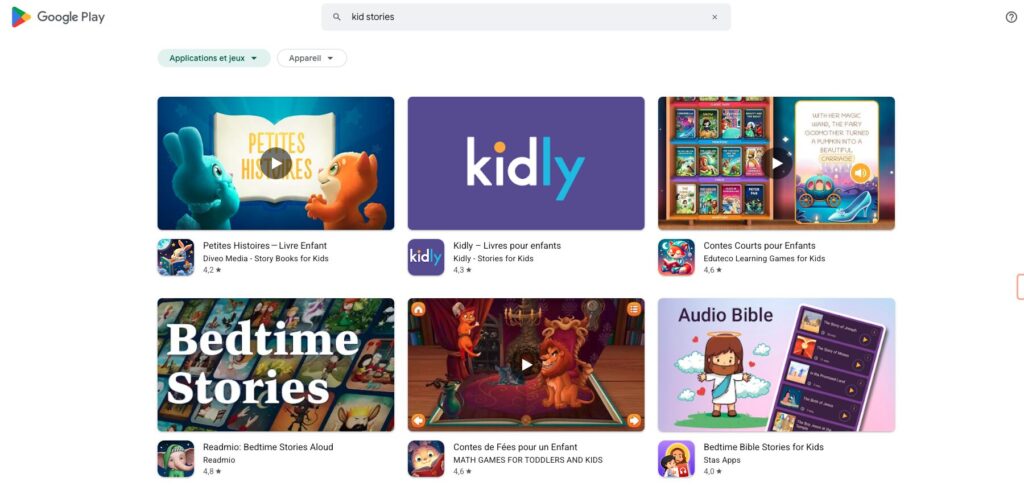As a parent, I remember the moment my little one picked up their first book. It was a mix of excitement and worry. I kept wondering, “Is my child on track?” Sound familiar? You’re not alone. Many parents share this concern, and it’s completely normal.
Research shows that most children become comfortable readers around second or third grade. However, every child is unique. Some may take a little longer, and that’s okay. What matters most is creating a supportive environment where they can thrive.
Understanding developmental milestones and setting realistic expectations are key. Early exposure to books and age-appropriate instruction can make a big difference. This guide is here to help you navigate this journey with confidence and care.
Understanding Reading Fluency
Reading fluency is more than just saying words aloud; it’s about understanding and connecting with the text. It’s the ability to read smoothly, accurately, and with expression, making the experience enjoyable and meaningful. When someone reads fluently, they can focus on the story or information rather than struggling with individual words.
Defining Reading Fluency and Its Importance
Fluency bridges the gap between recognizing words and fully understanding their meaning. According to education experts, it’s a critical skill that supports overall comprehension. Without fluency, reading can feel like a chore, and the message behind the words may be lost.
For example, proper letter recognition is essential. When readers can quickly identify letters and their sounds, they can decode words more efficiently. This foundational skill lays the groundwork for fluency and, ultimately, deeper understanding.
Components of Fluent Reading: Speed, Accuracy, and Expression
Fluent reading involves three key components: speed, accuracy, and expression. Speed refers to how quickly someone can read while still understanding the text. Accuracy means reading words correctly without frequent mistakes. Expression, or prosody, involves using natural intonation and rhythm to bring the text to life.
Research shows that focusing on prosodic features, like tone and pacing, can improve overall reading skills faster than focusing solely on speed. A balanced approach ensures that readers not only read quickly but also comprehend and enjoy what they’re reading.
By mastering these components, readers can transition from decoding words to truly engaging with the text. This skill is vital for academic success and lifelong learning.
Typical Reading Milestones and Developmental Stages
The journey from simple word recognition to engaging with chapter books is a fascinating one. Every learner progresses at their own pace, but understanding the typical milestones can help you provide the right support at each stage.

Early Readers and Pre-Reading Skills
Before diving into full sentences, young learners start with the basics. Recognizing letters and simple words is the first step. For example, by age 3, many can identify uppercase letters, and by kindergarten, they begin to match spoken and written words.
Early exposure to books at home or in school plays a huge role. Repetitive sentences and colorful illustrations help build confidence. As one expert puts it, “Pre-reading skills are the building blocks for later fluency.”
Developing Fluency and Transitioning to Chapter Books
As learners grow, so does their ability to decode more complex texts. By second grade, many can tackle multisyllabic words and understand paragraphs. This is when they start transitioning from picture books to chapter books.
Here’s how you can support this transition:
- Choose books that match their interests and reading level.
- Encourage daily reading to build stamina.
- Celebrate small victories to keep them motivated.
By third grade, most learners are comfortable with grade-appropriate texts. Remember, every journey is unique, and patience is key.
Key Factors Influencing Your Child’s Reading Journey
Every learner’s path to mastering reading is shaped by unique factors. From individual traits to the environments they grow in, these elements play a crucial role in their development. Understanding these influences can help you provide the right support at every stage.
Individual Differences and Learning Styles
No two learners are the same. Some may excel with visual aids, while others thrive with hands-on activities. These differences can significantly impact how quickly they pick up new skills. For example, one learner might grasp phonics faster, while another may need more time to build their vocabulary.
Personal interests also matter. A learner who loves animals might enjoy books about wildlife, making the process more engaging. Recognizing these preferences can turn reading into a fun and rewarding experience.
The Role of Educational and Home Environments
Both school and home settings are vital in shaping a learner’s reading journey. In schools, expert-led instruction in phonics lays a strong foundation. At home, a rich language environment filled with books and conversations can boost their learning.
Here’s how you can create a supportive environment:
- Provide access to diverse resources like books, apps, and games.
- Use tools like flashcards to reinforce phonics and sight words.
- Encourage daily reading to build confidence and stamina.
| Factor | Impact |
|---|---|
| Phonics Instruction | Improves word recognition and decoding skills |
| Vocabulary Exposure | Enhances comprehension and language fluency |
| Personal Interests | Increases engagement and motivation |
By tailoring these environments to their needs, you can help them overcome challenges and thrive in their reading journey.
Practical Strategies for Enhancing Reading Fluency
Building strong reading skills doesn’t have to feel like a chore—it can be fun and rewarding for both you and your little one. With the right approach, you can create a supportive environment that encourages growth and confidence. Here are some practical strategies to help them thrive.

Incorporating Phonics and Sight Word Activities
Phonics and sight words are the building blocks of reading. Interactive games, like matching letters to sounds or using flashcards, can make learning engaging. For example, try a game where they match words to pictures or hunt for sight words in a storybook.
Studies show that repeated exposure to these activities improves word recognition and decoding skills. As one expert puts it, “Phonics lays the foundation for confident reading.” Keep sessions short and fun to maintain their interest.
Establishing a Consistent and Enjoyable Reading Routine
Consistency is key to developing fluency. Set aside a specific time each day for reading, whether it’s before bed or after school. This routine helps them associate reading with comfort and enjoyment.
Make it interactive by using different voices for characters or acting out scenes. Research shows that daily read-aloud sessions significantly boost their confidence and comprehension. Remember, the goal is to make reading a joyful habit.
Choosing Engaging Books for Your Young Reader
Selecting the right books can spark their interest and keep them motivated. Look for stories that align with their hobbies or passions. For example, if they love animals, choose books about wildlife or adventures with pets.
Here’s a quick guide to picking the perfect book:
| Factor | Tips |
|---|---|
| Interest Level | Choose topics they enjoy, like sports or fantasy. |
| Reading Level | Ensure the text is challenging but not overwhelming. |
| Illustrations | Colorful pictures can enhance engagement and understanding. |
By combining these strategies, you can create a balanced approach that fosters both skill development and a love for reading.
age child fluent reading: Understanding Your Child’s Unique Reading Timeline
Every kid’s journey to mastering language and literacy is as unique as their personality. While some may pick up alphabet recognition quickly, others might need more time to develop phonemic awareness. This variability is completely normal and part of their individual growth.
Variability in Development and Understanding Milestones
Kids develop at their own pace, and their progress in language and literacy can vary widely. For example, one might excel in recognizing letters early on, while another might take longer to grasp the connection between sounds and words. These differences are influenced by factors like exposure to books, personal interests, and learning styles.
Here’s how you can support their development:
- Provide a variety of resources, such as books, apps, and games.
- Engage in activities that build phonemic awareness, like rhyming games or sound matching.
- Celebrate small milestones to keep them motivated.
When to Seek Additional Support for Reading Challenges
While variability is normal, there are times when additional support might be needed. If your kid struggles with basic reading skills, like recognizing common words or understanding simple sentences, it might be helpful to consult an educational professional.
Signs that indicate a need for extra help include:
- Difficulty remembering familiar words.
- Frequent frustration or avoidance of reading activities.
- Limited progress despite consistent practice.
Remember, seeking support early can make a big difference. A nurturing approach ensures they feel encouraged and confident in their abilities.
Conclusion
Supporting your little one’s journey with words is a rewarding experience filled with growth and discovery. Every stage of their development is unique, and understanding these milestones helps you provide the right support. Whether it’s building knowledge through phonics or fostering a love for story time, your guidance makes a lasting impact.
Remember, there’s no one-size-fits-all timeline. Some may take longer to master certain skills, and that’s perfectly okay. Celebrate their progress, no matter how small. Each sentence they read brings them closer to confidence and success.
Use the strategies shared here to create a positive, pressure-free environment. Encourage daily practice, choose engaging books, and address any issue with patience and care. Your dedication is the key to their lifelong love for learning.
FAQ
What is reading fluency and why is it important?
Reading fluency is the ability to read text smoothly, accurately, and with proper expression. It’s crucial because it helps kids comprehend what they’re reading and builds confidence in their literacy skills.
What are the key components of fluent reading?
Fluent reading includes three main components: speed (reading at a steady pace), accuracy (correctly pronouncing words), and expression (using tone and rhythm to convey meaning).
What are typical milestones for early readers?
Early readers often start by recognizing letters and sounds, then progress to blending sounds into words. By kindergarten, many can read simple sentences and short stories.
How can I help my child transition to chapter books?
Encourage them to read longer stories gradually. Choose books with engaging plots and illustrations. Reading together and discussing the story can also make the transition smoother.
What factors influence a child’s reading journey?
Individual differences, learning styles, and the support they receive at home and school all play a role. A positive and encouraging environment can make a big difference.
How can I incorporate phonics and sight word activities at home?
Use flashcards, games, and apps to practice phonics and sight words. Reading aloud together and pointing out words in everyday life can also reinforce these skills.
What types of books are best for building fluency?
Choose books that match your child’s interests and reading level. Picture books, early readers, and series with familiar characters are great options to keep them engaged.
When should I seek additional support for my child’s reading challenges?
If your child struggles significantly with letter recognition, blending sounds, or comprehension, it’s a good idea to consult a teacher or reading specialist for guidance.




